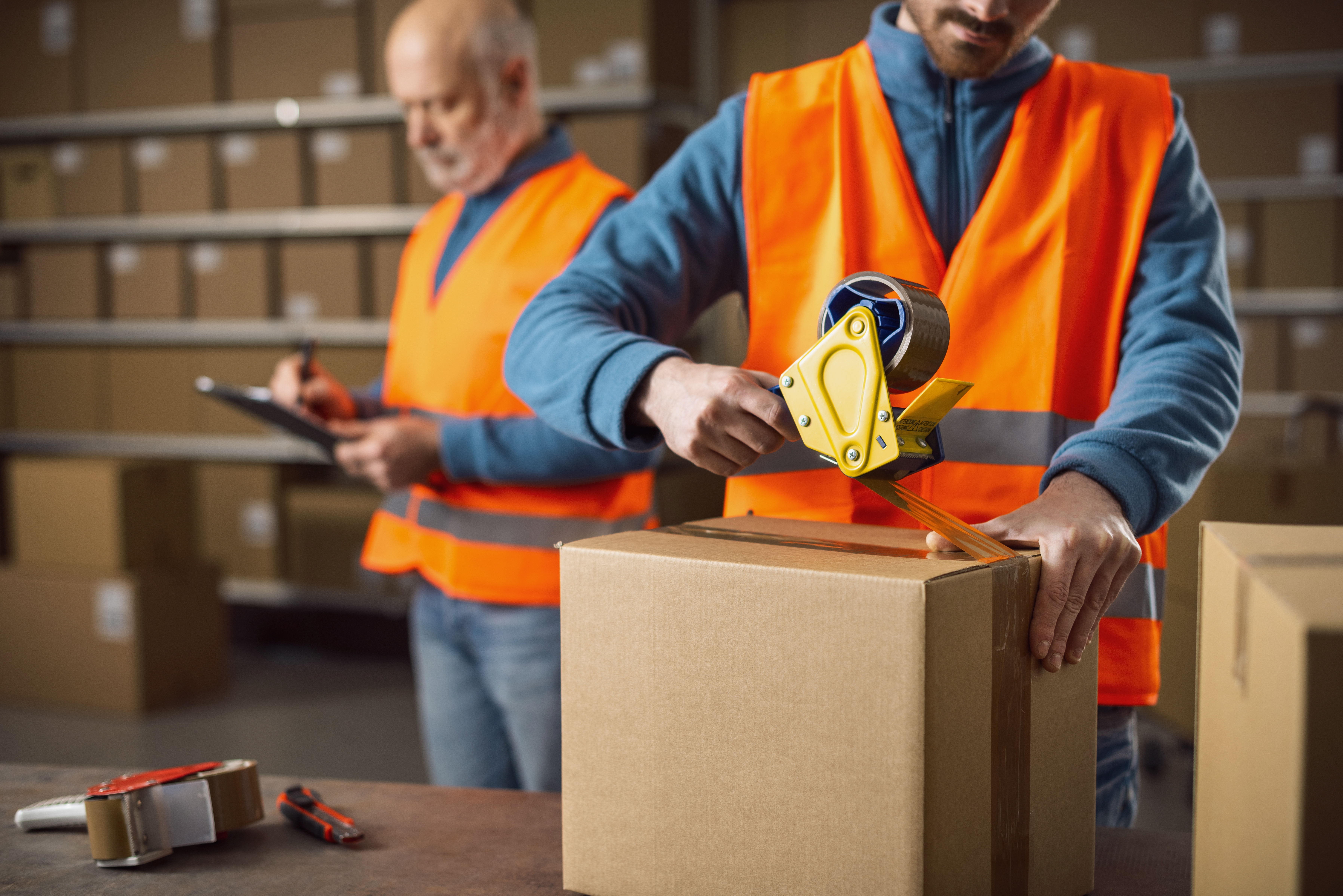Packing Jobs: Roles, Skills, and Real-World Career Paths
Packing jobs keep supply chains moving by preparing goods for storage, shipment, or retail display. From e-commerce fulfillment to food and pharmaceutical facilities, packers ensure the right products are safely packaged, labeled, and ready to go. This article provides general career information and does not list active job openings. Availability varies by location and season, and hiring needs differ widely in your area.

What do packing jobs involve?
Packing roles center on getting items ready for shipment or delivery. Typical tasks include checking order accuracy, selecting the correct materials (boxes, bubble wrap, pallets), sealing and labeling packages, and updating order status in a warehouse management system (WMS). In some settings, packers work on automated lines; in others, they handle individual orders, often in tandem with pickers.
Common job titles include:
-
Packer or Picker/Packer
-
Packaging Operator (often in manufacturing)
-
Kitting Specialist (bundling components into kits)
-
Shipping/Receiving Associate
-
Quality Control Packer (verifying item counts, damage, or labeling)
Industries employing packers span third-party logistics (3PLs), retail distribution, moving and relocation services, food and beverage, pharmaceuticals, electronics, and consumer goods manufacturing.
Essential skills and training
Packing work rewards accuracy, consistency, and time management. Employers commonly look for:
-
Attention to detail: matching SKUs to orders and catching labeling or count errors.
-
Speed with accuracy: meeting hourly or daily targets (units per hour) without sacrificing quality.
-
Basic math and reading: counting, measuring, and interpreting packing slips or barcodes.
-
Technology familiarity: handheld scanners, WMS screens, and label printers.
-
Safety and ergonomics: correct lifting, use of personal protective equipment (PPE), and awareness of moving equipment.
Formal education beyond a high school diploma or equivalent is rarely required. Many organizations provide on-the-job training covering packing standards, safe material handling, and software basics. Specialized environments may add:
-
Food-grade standards (e.g., HACCP principles) and hygiene protocols.
-
Good Manufacturing Practices (GMP) for pharmaceuticals and cosmetics.
-
Hazard communication training for facilities handling regulated materials.
Work environments and schedules
Packing jobs exist in diverse settings, each with its own pace and conditions:
-
E-commerce fulfillment centers: fast-paced, high variability by season, with performance metrics.
-
Manufacturing plants: predictable routines on lines or cells; shift-based structure.
-
Cold chain/food facilities: temperature-controlled spaces and strict sanitation procedures.
-
Local moving and relocation services: on-site packing at residences or offices, with customer interaction.
Schedules can include day, swing, or night shifts, and overtime during peak periods. Temporary and seasonal roles are common, especially in retail-heavy sectors. If you’re exploring local services or options in your area, expect background screenings or physical ability assessments for roles that involve lifting or prolonged standing.
How to qualify and apply
While packing jobs are entry-friendly, a thoughtful application makes a difference. Tailor your resume to highlight:
-
Measurable accomplishments: “Maintained 99% scan accuracy across 1,200+ weekly orders.”
-
Relevant tools: handheld scanners, RF devices, WMS familiarity, label printers.
-
Safety and quality: incident-free record, compliance with SOPs, participation in safety briefings.
-
Reliability: attendance, flexibility with shifts, teamwork in cross-functional environments.
If you lack direct experience, emphasize transferable skills from retail, hospitality, or general labor—such as customer service, inventory handling, or time-on-task roles. Practice ergonomic lifting, learn basic barcode concepts, and review common packing materials to build confidence. Staffing agencies, logistics companies, and manufacturers frequently recruit for these roles, but opportunities fluctuate. Always verify current openings directly with employers or reputable job boards. This article is informational and not a guarantee of available positions.
Career growth and specialization
Packing roles can be a springboard into broader logistics and operations careers. With strong performance and additional training, packers often advance to:
-
Lead Packer or Team Lead: coordinating shifts, training new hires, balancing workloads.
-
Shipping/Receiving Coordinator: carrier scheduling, bill of lading prep, issue resolution.
-
Inventory Control or Cycle Counter: root-cause analysis of discrepancies, stock accuracy.
-
Quality Assurance Assistant: packaging inspections, line checks, documentation.
-
Packaging Technician/Technologist: working with materials, specifications, and line setups in manufacturing environments.
Longer-term pathways include warehouse supervision, operations coordination, and supply chain roles. Helpful credentials can include OSHA-focused safety courses, forklift certification (if job-relevant), and foundational supply chain certificates. Building capability with spreadsheets, data entry accuracy, and basic problem-solving frameworks will also support advancement.
Safety and ergonomics
Packing is physical work. Sustained performance and long-term well-being depend on safe practices:
-
Body mechanics: keep loads close, hinge at hips, and avoid twisting under weight.
-
Task rotation: alternate between scanning, packing, and labeling to reduce repetitive strain.
-
Workstation setup: adjust table heights, use anti-fatigue mats, and stage materials efficiently.
-
Micro-breaks and hydration: brief, regular pauses protect concentration and reduce error rates.
-
Housekeeping: clear aisles and properly stacked materials help prevent incidents.
Facilities typically provide PPE and training, but individual habits matter. If you work with temperature-sensitive items or regulated materials, adhere strictly to handling and documentation protocols.
Tools and technology in modern packing
Today’s packing environments blend human precision with digital systems:
-
WMS and handheld RF scanners drive pick/pack accuracy and traceability.
-
Print-and-apply labeling, dimensioning systems, and scales streamline compliance with carrier requirements.
-
Automated conveyors and sorters speed throughput while reducing manual transport.
-
Data dashboards track metrics such as units per hour, error rates, and on-time dispatch.
For job seekers, familiarity with these tools—even at a basic level—signals readiness to integrate quickly into production workflows. For experienced workers, learning to interpret performance metrics can open doors to lead and coordinator positions.
Soft skills that stand out
Beyond speed and accuracy, standout packers communicate clearly and collaborate well:
-
Clarifying instructions and escalating issues early prevents rework.
-
Offering suggestions for layout improvements shows initiative.
-
Staying calm during peak volume reflects professionalism and reliability.
These behaviors contribute to team outcomes and often factor into promotion decisions.
Conclusion
Packing jobs offer accessible entry points into logistics and manufacturing, with clear expectations around accuracy, safety, and throughput. While daily tasks vary by industry and facility, the core competencies—attention to detail, basic tech comfort, and dependable teamwork—remain consistent. With experience and targeted training, packers can progress into leadership, quality, inventory, or broader supply chain roles. Hiring needs change rapidly across regions and seasons, so treat this guidance as a foundation rather than a directory of current openings.






